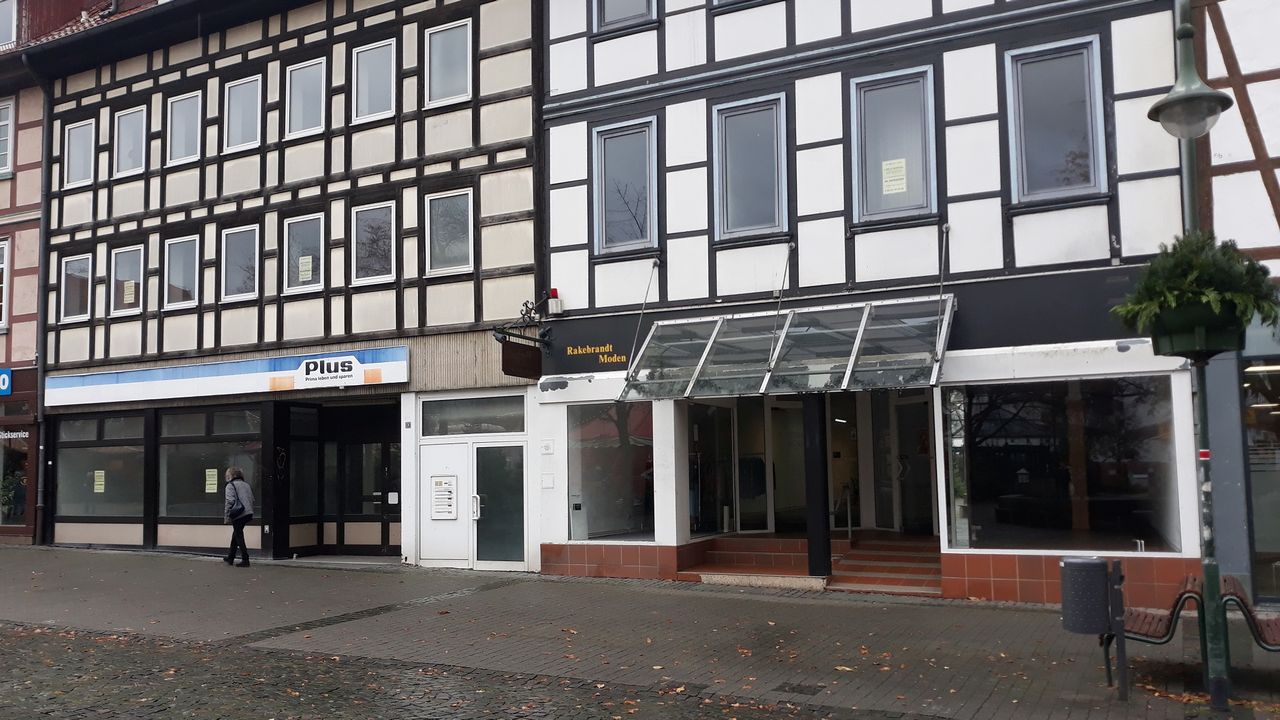The obstacles associated with shopping, such as shipping costs or the time needed to go to the shop, are crucial to the individual choice of where to shop. When deciding between online shopping and local shopping, personal opinion on purchasing security, environmental protection aspects, and work conditions plays a role. This is found by a study using microeconometric models at Karlsruhe Institute of Technology (KIT). Some of the results of the representative study funded by the German Research Foundation are reported in Papers in Applied Geography and Raumforschung und Raumordnung.
For the evaluations reported, data were collected in 2019, that is before local shopping was restricted due to the pandemic. “During the lockdowns, local retail shops selling products that are not needed daily are closed. Moreover, voluntary changes of conduct of the population can be observed. Now, purchasing power is shifting towards online business, of course,” says Dr. Thomas Wieland, Head of the project “Zur Raumwirksamkeit des Onlinehandels“ (on the regional effects of online trade) that started in 2018 at KIT’s Institute of Geography and Geoecology (IfGG). In the second phase started in April 2021, the project will focus on whether temporary lockdowns caused this shift to become sustainable. The project will end in 2022.
Various Analog and Digital Shopping Channels
Digitalization of trade increasingly influences inner cities. Consumers can choose among a number of analog and digital shopping channels, ranging from online shops to local stores to cross-channel trade combining both. “In principle, most customers use both shopping channels, but they have personal preferences, with their place of residence and subjective attitudes playing a role,” says Dr. Thomas Wieland. “Younger people tend to shop online more frequently than older persons,” the scientist adds. He underlines that preference of a certain shopping channel also depends on subjective opinions, such as doubts in data security during online shopping or in whether the product desired will be delivered. According to Wieland, “a major criterion of many persons” is their personal opinion on whether online trade negatively affects the environment or working conditions of the suppliers are bad.
Obstacles in the Shopping Process Are Crucial
“The purchasing decision is influenced crucially by transaction costs, that is the different obstacles that have to be overcome in the shopping process,” the economic geographer says. Whether the next electronics market can be reached in 5 or 25 minutes, whether shipping costs 3 or 6 euros, and whether it is raining and the person does not like to get wet when riding to the next shop – all this influences the choice between online and offline shopping, although not all these parameters can be studied. “In the food sector, good accessibility is a decisive parameter,” Wieland says.
For his study that refers to the electronics and food sectors, Wieland and his team interviewed 1,400 consumers in the Middle Upper-Rhine Region that is of rather urban character with the city of Karlsruhe and in the more rural region of the south of Lower Saxony with the city of Göttingen. The answers were evaluated with the help of microeconometric models. “The models operate on the level of the individual consumers and the individual online or offline shops,” the expert explains. “So far, studies combining various potential approaches to explaining the behavior have been lacking.”
Integrated Online Shops Strengthen Retail Sector
Two thirds of the respondents stated that they informed themselves about products and compared prices on the internet, irrespective of whether shopping takes place online or offline. Model analyses revealed that suppliers operating an integrated online shop have far more clients. “Cross-channel integration is a good way for an owner-operated local retail business to improve the own market position,” Wieland says. Information on availability is an important parameter. “Persons seeing online that the smartphone desired is available in the city center, may directly go there to buy it.” However, some medium-sized companies cannot be found online. “Cooperatives active in the electronics sector or city management services may provide support and make businesses visible online,” the scientist says. It is important to consider online trade in regional development and urban planning as well as in the businesses’ site and expansion planning, he emphasizes.
Click and Collect: Less Used Prior to the Lockdowns
The study also reveals that residents of big cities are more inclined to shop online. Click and collect services were found to have a very small effect. However, data were collected in 2019 prior to local shopping restrictions caused by the pandemic. In its second phase that started in April 2021, the project now covers another investigation area in Saxony-Anhalt and additionally determines whether temporary lockdown has led to a sustainable shifting of business towards online shopping. The project is funded with about EUR 200,000 for personnel and materials by the German Research Foundation (DFG).
Original Publications
Thomas Wieland: Identifying the Determinants of Store Choice in a Multi-Channel Environment: A Hurdle Model Approach. Papers in Applied Geography, 2021.
https://doi.org/10.1080/23754931.2021.1895875
Thomas Wieland: Auf dem Weg zur digitalen Nahversorgung? Determinanten des Einkaufsverhaltens im Multi- und Cross-Channel-Kontext am Fallbeispiel des Lebensmitteleinzelhandels. Raumforschung und Raumordnung, 2021.
https://rur.oekom.de/index.php/rur/article/view/53/48
More Information: https://www.ifgg.kit.edu/english/society/research_1595.php
In close partnership with society, KIT develops solutions for urgent challenges – from climate change, energy transition and sustainable use of natural resources to artificial intelligence, sovereignty and an aging population. As The University in the Helmholtz Association, KIT unites scientific excellence from insight to application-driven research under one roof – and is thus in a unique position to drive this transformation. As a University of Excellence, KIT offers its more than 10,000 employees and 22,800 students outstanding opportunities to shape a sustainable and resilient future. KIT – Science for Impact.

